An intelligent building system manages to meet new requirements on office solutions: digitalisation and New Work are transforming the way we work and are increasing the demands and expectations (potential) staff have on their workplace. An innovative, well-connected and sustainable working environment is becoming more and more of a competitive edge in recruiting. This and exploding rents, particularly in large cities, as well as ever scarcer office space, are presenting employers with new challenges.
This is precisely where Building Intelligence comes in: it optimises well-being, avoids stress and, at the same time, saves space and energy costs. Hence, it strikes a balance between the demand-based use of space and resources and providing increased staff satisfaction.
Flex Desk Live
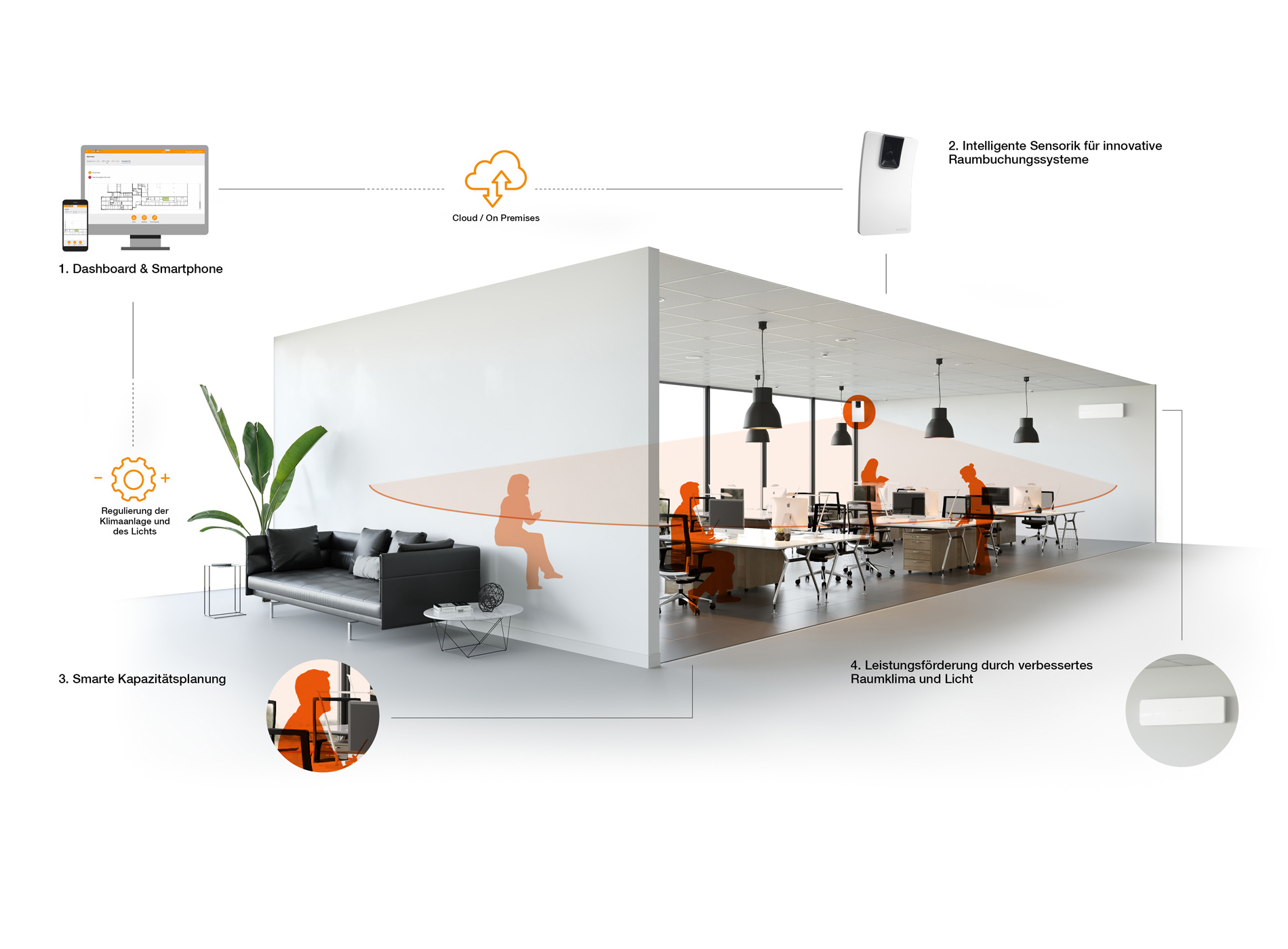
Home office, business trips, holidays or illness: not all desks in an office are permanently occupied during working hours. In a move to optimise room costs, businesses are therefore increasingly opting in favour of organising flexible workplaces.
Building Intelligence permits a room-area analysis so as to identify vacant desks at a glance. In this way, intelligent building technology improves the occupancy rate of office space, bringing down costs.
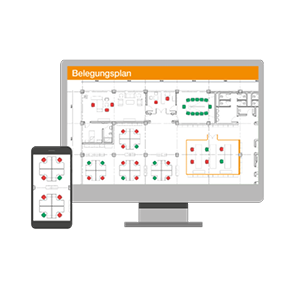
Dashboard and smartphone
Clear overview of the vacant workstations. Members of staff can choose the places they want to work at and reserve them on a time or usage basis. In this way, everyone can get to a desk without spending any length of time having to look for one.
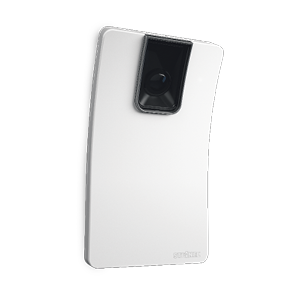
Intelligent sensor technology for innovative room-booking systems
Using HPD2 to analyse work spaces, vacant workstations can be identified at a glance. The information acquired, for example, is relayed directly to the STEINEL Workspace Management system.
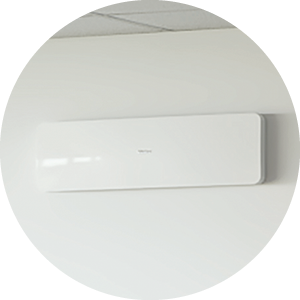
Better indoor climate and lighting boost performance
Good air quality improves the ability to concentrate and increases productivity. VOC, CO2 and temperature regulation reduce sick leave and makes the indoor climate healthier to work in. The data measured is passed on to the dashboard and controls the air-conditioning system.
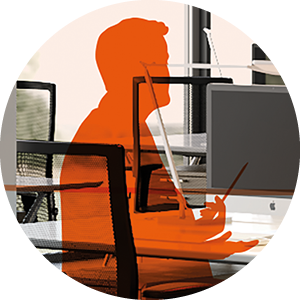
Smart capacity planning
Analyses of workstation occupancy and usage significantly boost the efficiency with which office floor space is used – producing high potential savings. At the same time, they avoid any unnecessary additions to capacity.
Reducing costs with intelligent sensor systems
Office space is a major cost factor that is exploding, above all in large cities. The following example costing shows how to make savings and calculate the return on investment:
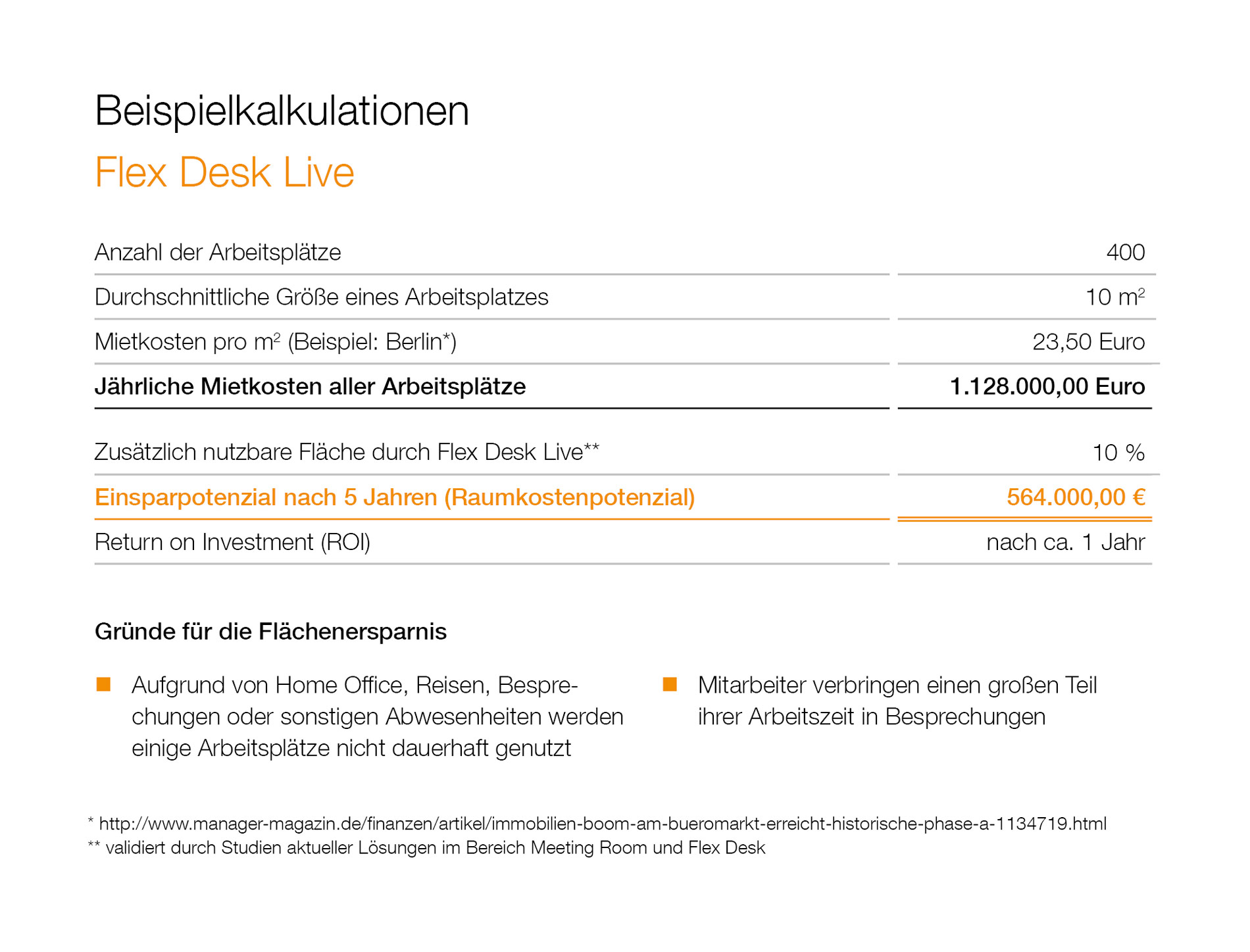
Meeting Room Management Live
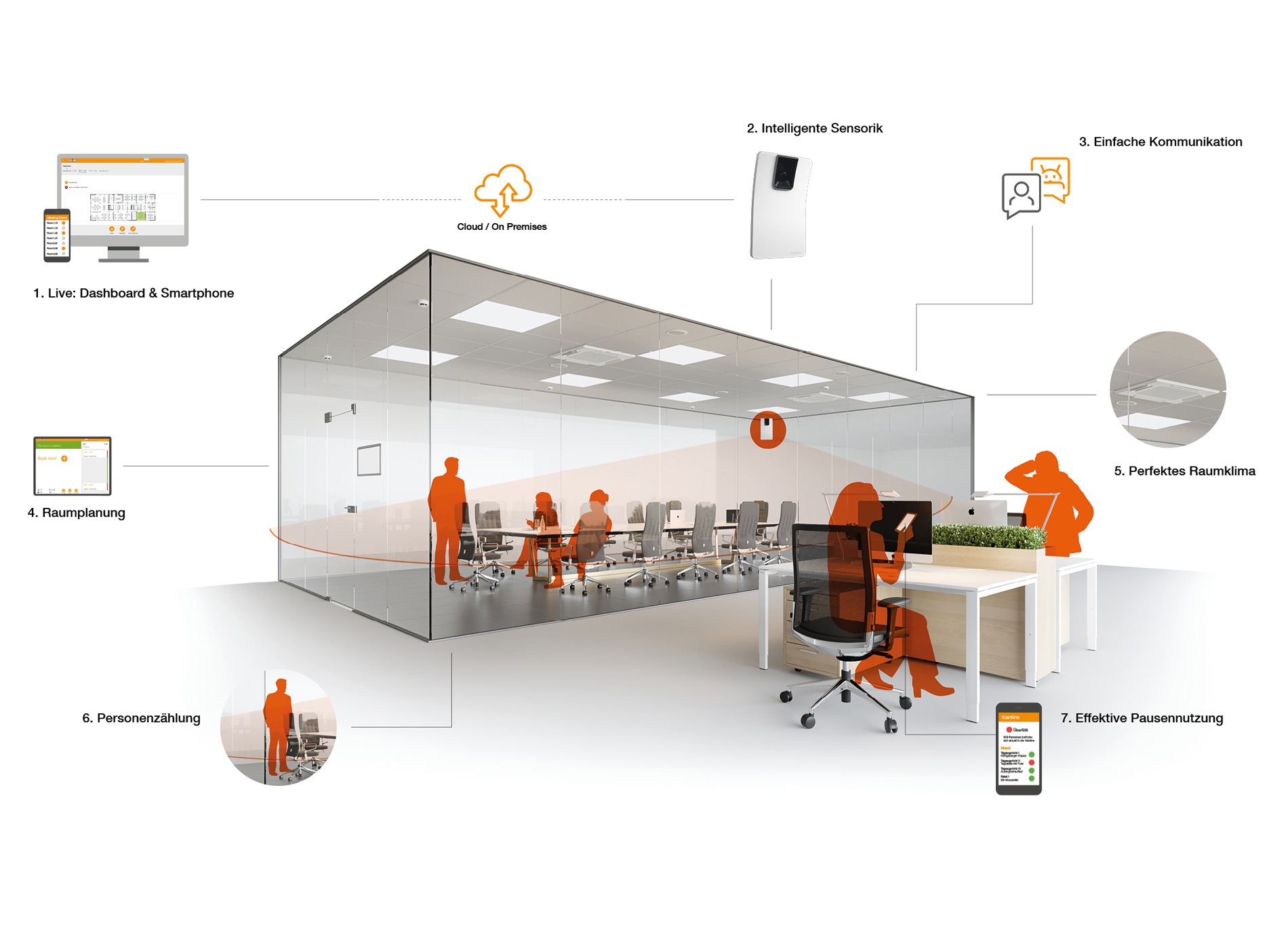
Which meeting room is currently being used, which ones are vacant? Building Intelligence can make reservations and usage even more efficient, avoiding irritating situations in everyday office life: intelligent sensors detect the exact number of persons in a room and, in this way, furnish reliable information on capacity utilisation.
Indicating which spaces are actually being used, possibly also being used without a reservation, facilitates meeting-room management and saves precious time. Reserved conference rooms that are not being used can quickly be made available again.
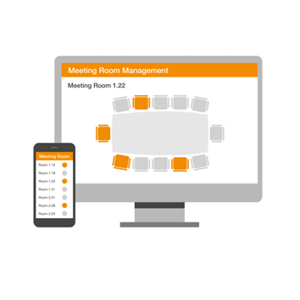
Live: Dashboard and smartphone
Quick overview of available meeting rooms and number of places occupied. The level of utilisation is also recorded, making it possible to adjust the set-up if necessary. If a meeting ends sooner, the room is immediately available again. This saves the time-consuming process of searching for a vacant room.
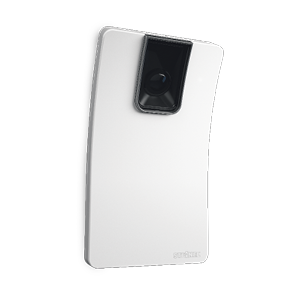
Intelligent sensor technology
Meeting rooms can be used much more efficiently with “Human Presence Detection”. The unique STEINEL HPD2 sensor can detect both the presence as well as the exact number of people present in a room, providing reliable information on room occupancy. The room can also be divided into precise zones. Live und precise!
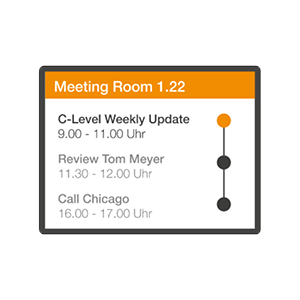
Room planing
Displays in the meeting-room entrance area show current and future meetings. Spontaneous bookings can also be made.
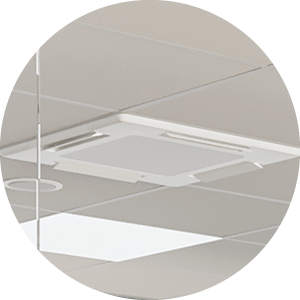
Perfect indoor climate
The Air multi-sensor always ensures a pleasant indoor climate in the meeting room. This generally improves the ability to concentrate and is also conducive to good health.
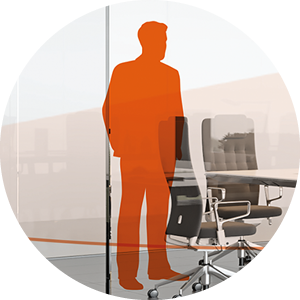
Counting people
Precise analysis and optimisation of available facilities simplifies room management and saves time. It is extremely useful to see how many people are in which room at a given time.
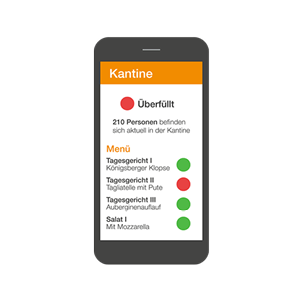
Effective use of breaks
Via an app, the same technology also makes it possible to see how busy the staff restaurant is.
Meeting-room management in practice at Campana & Schott in Munich
Developed in cooperation with Campana & Schott, the smartWorkspace system is in operation at the Management and Technology consultants’ Munich office. It simplifies the day-to-day work involved in office organisation by intelligently interconnecting STEINEL sensors with office applications such as Outlook, Skype and other project-management solutions. This makes the modern office even more energy-efficient as a result of optimising meeting-room and workplace organisation, as well as automated air-conditioning and lighting.
Reducing costs with intelligent sensor systems
Office space is a major cost factor that is exploding, above all in large cities. The following costing examples show how to make savings and calculate the return on investment:
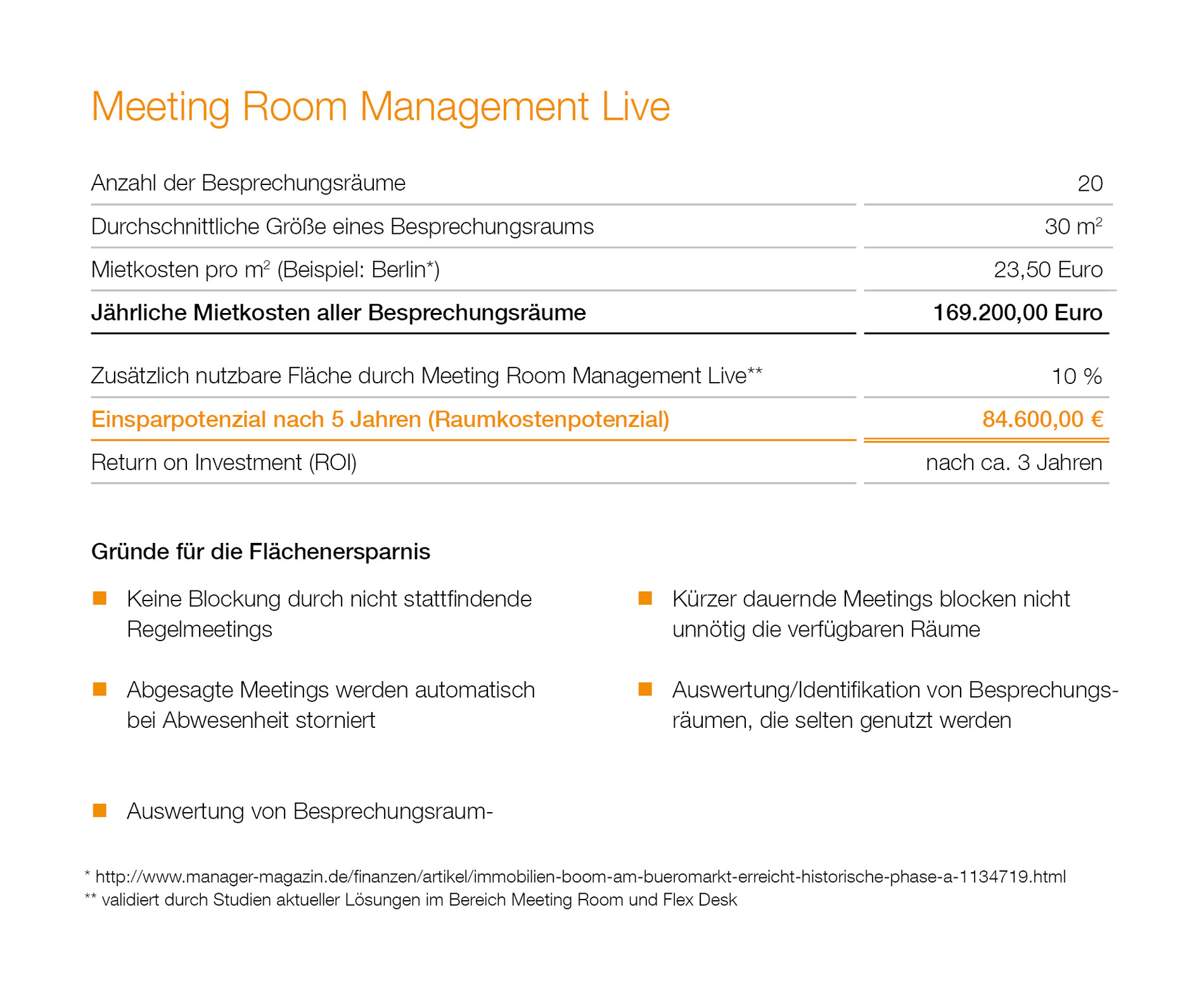
Smart solutions – A workspace full of benefits
More planning certainty for operators
An intelligent building saves costs, conserves resources and, on this basis, makes the environment and operator happy: perfect lighting and HVAC control can save an appreciable amount of energy.
Greater efficiency for tenants
Tenants too can save themselves money: office and meeting-room space is used much more in line with demand, unused space can be cut back. But increased staff efficiency and satisfaction is also a key: VOC, CO2 and temperature control provide a pleasant indoor climate, boosting staff concentration and well-being and reducing illness-related absences.
More convenience for staff
For staff, installing intelligent sensors means considerably greater convenience: choosing workstations is faster thanks to clearly structured digital room plans, meeting rooms can be organised with less stress. Indoor climate and lighting matched to people’s needs raises productivity and boosts creativity. Nothing now stands in the way of working together in an atmosphere of relaxation.

